Theoretical work provides a long-awaited explanation for why measurements of qubits in superconducting quantum computers are less accurate than expected.
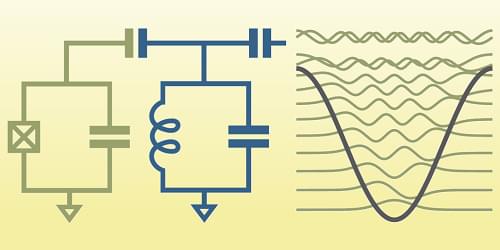


In 2022, a nuclear-fusion experiment yielded more energy than was delivered by the lasers that ignited the fusion reaction (see Viewpoint: Nuclear-Fusion Reaction Beats Breakeven). That demonstration was an example of indirect-drive inertial-confinement fusion, in which lasers collapse a fuel pellet by heating a gold can that surrounds it. This approach is less efficient than heating the pellet directly since the pellet absorbs less of the lasers’ energy. Nevertheless, it has been favored by researchers at the largest laser facilities because it is less sensitive to nonuniform laser illumination. Now Duncan Barlow at the University of Bordeaux, France, and his colleagues have devised an efficient way to improve illumination uniformity in direct-drive inertial-confinement fusion [1]. This advance helps overcome a remaining barrier to high-yield direct-drive fusion using existing facilities.
Triggering self-sustaining fusion by inertial confinement requires pressures and temperatures that are achievable only if the fuel pellet implodes with high uniformity. Such uniformity can be prevented by heterogeneities in the laser illumination and in the way the beams interact with the resulting plasma. Usually, researchers identify the laser configuration that minimizes these heterogeneities by iterating radiation-hydrodynamics simulations that are computationally expensive and labor intensive. Barlow and his colleagues developed an automatic, algorithmic approach that bypasses the need for such iterative simulations by approximating some of the beam–plasma interactions.
Compared with an experiment using a spherical, plastic target at the National Ignition Facility in California, the team’s optimization method should deliver an implosion that reaches 2 times the density and 3 times the pressure. But the approach can also be applied to other pellet geometries and at other facilities.
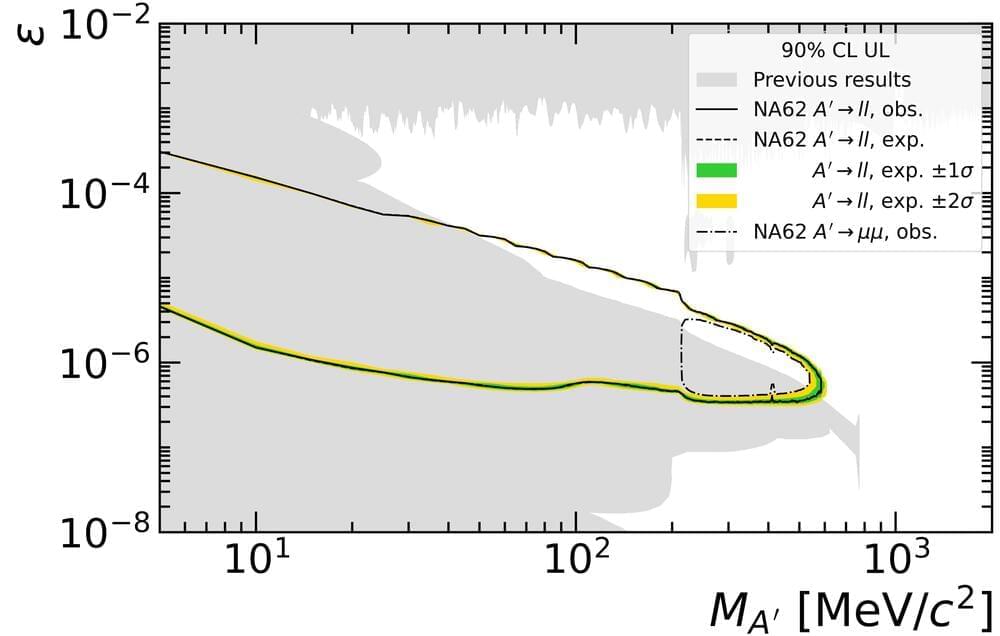
“Dark matter searches are currently one of the hot topics in the high energy physics community. We look for weakly interacting particles in a number of different facilities ranging from accelerator experiments to tabletop laboratory setups,” Alina Kleimenova and Stefan Ghinescu, part of the NA62 Collaboration, told Phys.org.
“While LHC experiments rely on the high collision energy, smashing protons at about 14 trillion electron volts, NA62, being a fixed-target experiment, focuses on the high intensity approach with a quintillion (1018) of protons on target per year. This intensity creates a unique opportunity to probe various rare processes and beyond Standard Model scenarios.”
Dark photons, also referred to as A’, are among the hypothetical particles beyond the Standard Model whose existence could be probed by the NA62 detector. These particles could act as mediators between known visible matter and dark matter.

An Aston University researcher has developed a new technique using light that could revolutionize non-invasive medical diagnostics and optical communication. The research showcases how a type of light called the orbital angular momentum (OAM) can be harnessed to improve imaging and data transmission through skin and other biological tissues.
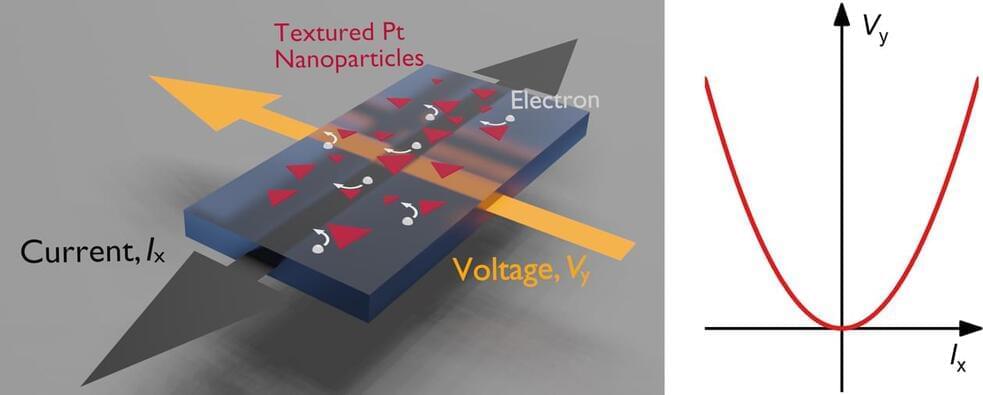
The Attosecond Science group at the Center for Free-Electron Laser Science has developed a novel light source capable of producing extremely short pulses for the investigation of UV-induced molecular dynamics with unprecedented temporal resolution. Scientists from the University of Hamburg and from DESY describe their unique observations in an article published in Nature Communications.
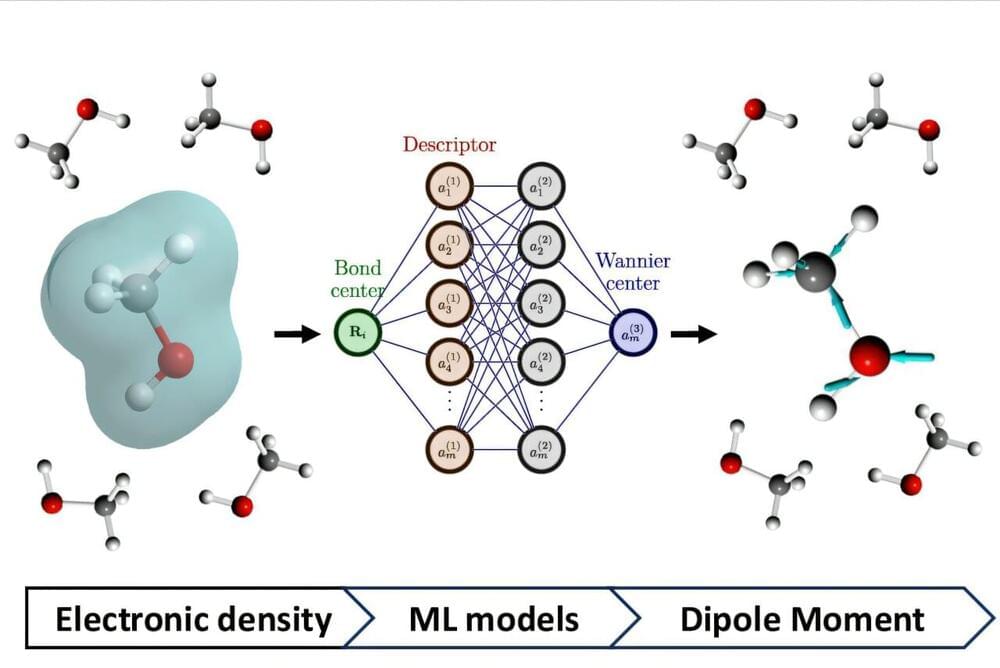
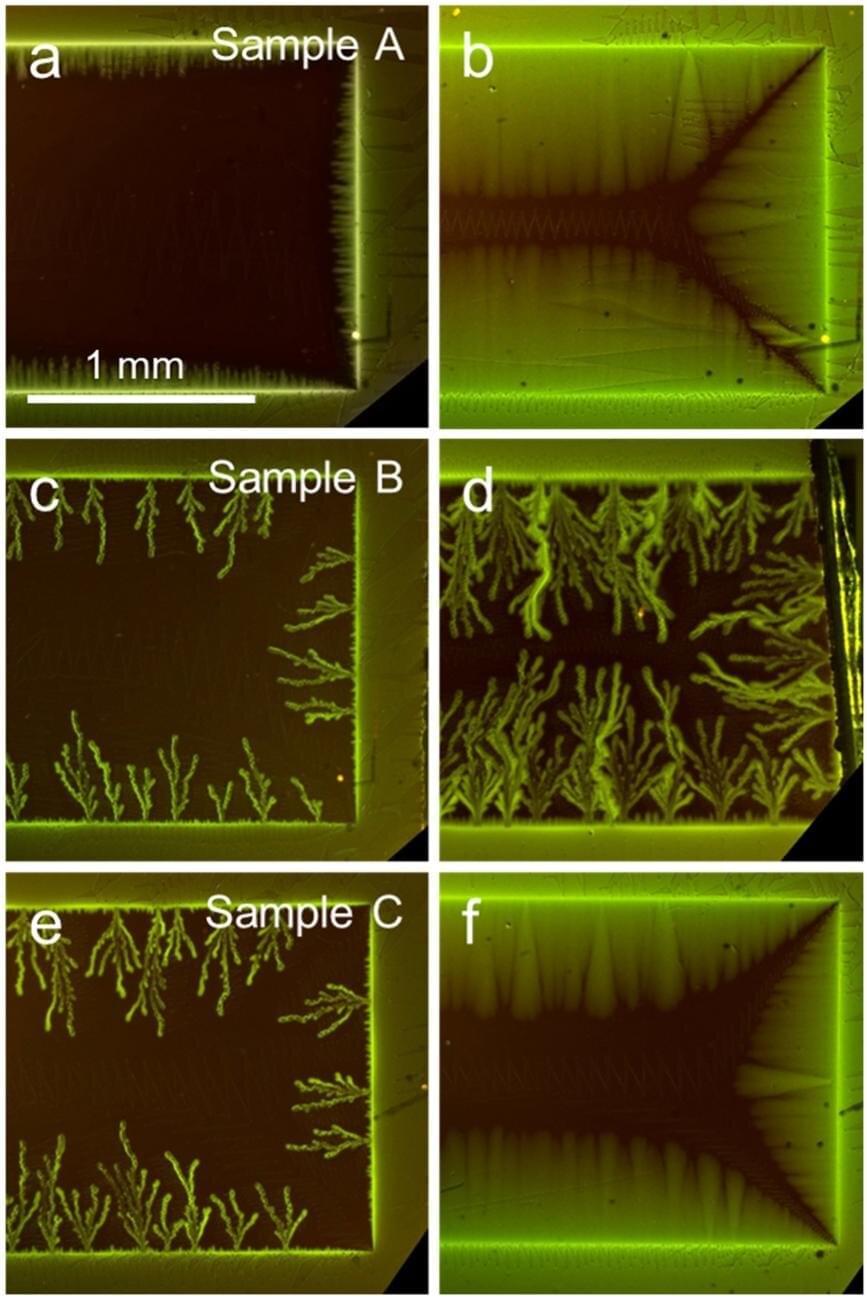
A team of researchers, led by scientist Lin Zhou of Ames National Laboratory, has made important progress towards understanding the role of surface oxides in improving quantum computing circuits performance. Surface oxides are a primary cause of decoherence, or loss of quantum properties in quantum circuits.

A team led by Prof. Sun Haiding from the University of Science and Technology of China (USTC) developed a vertically integrated micro-scale light-emitting diode (micro-LED) array which was then applied in deep ultraviolet (DUV) maskless photolithography system for the first time. Their study was published in Laser & Photonics Reviews.
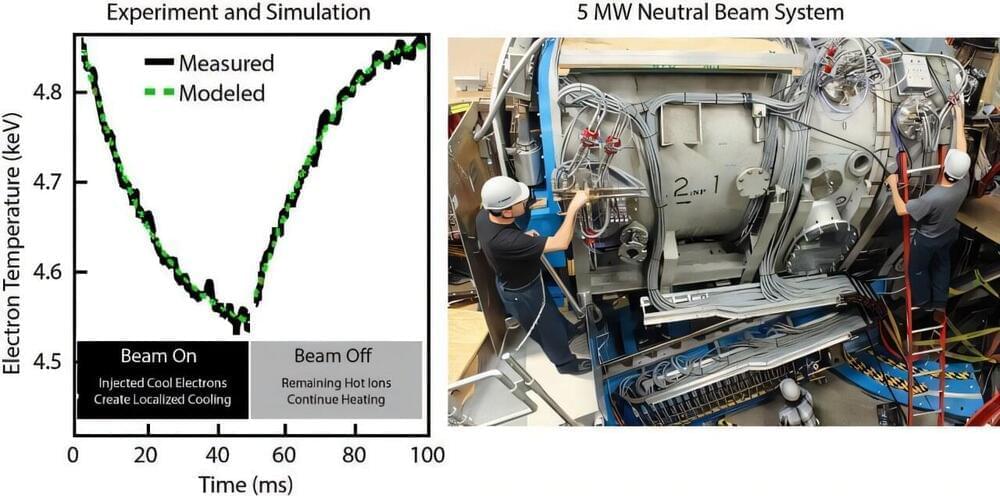
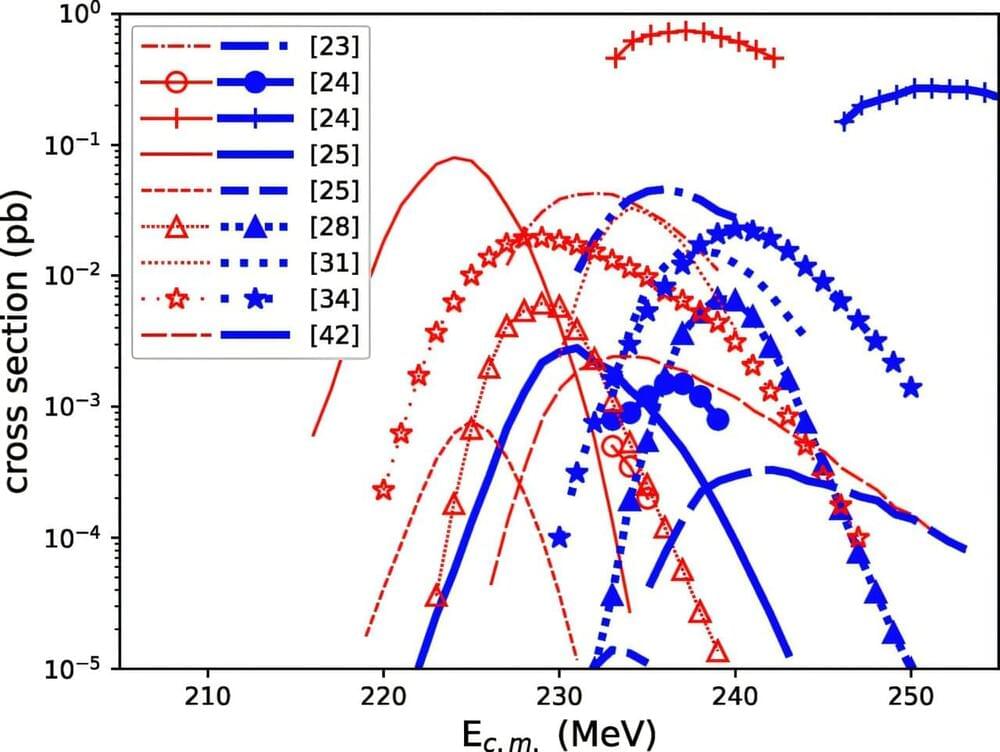
The search for new elements comes from the dream of finding a variant that is sufficiently stable to be long-lived and not prone to immediate decay. There is a theory in nuclear physics about an island of stability of superheavy elements. This is a potential zone in the upper part of the periodic table of as-yet-undiscovered elements that could remain stable for longer than just a few seconds. The aim is to explore the limits of stability of atomic nuclei.